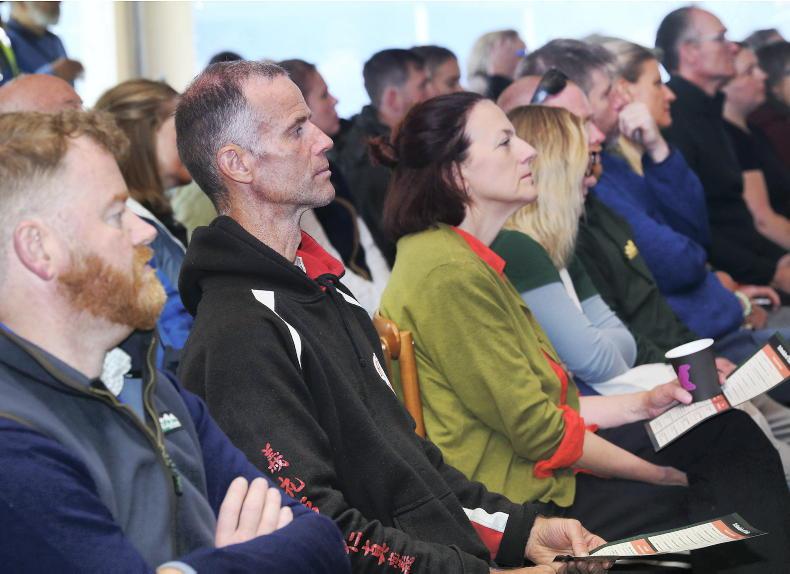Separating weanlings
It is coming to peak weanling sale time, and each year issues arise with buyers purchasing weanling heifers that end up in calf. This can cause a major headache to both the purchaser and the seller.
In-calf weanling heifers will calve down at a lower liveweight and smaller frame than is ideal, and will likely be in-calf to another weanling on farm that can be a direct relation, hard calving or a combination of both.
While heifers generally do not begin cycling until 12 months of age, cases have been reported of heifers coming in to heat and being served as young as six months old, especially where meal feeding is involved, as bodyfat is a factor in the onset of puberty in heifers.
Running bulls and heifers together can also pose a risk to the bulls, either through injury in trying to mount heifers or through the risk of pneumonia through sweating and cooling off.
The same can be said for empty cows, which should ideally be removed from the main herd where bull weanlings are seen to be following cows in heat.
The surest way of preventing issues is to separate heifer and bull weanlings from now on.
If there is a risk that heifers have been served, wait one month after separation and check for pregnancy then before selling.
A blood test can be conducted instead of palpitating young heifers to check for pregnancy.
Closing up paddocks
While it is still only mid-September, it is worth noting as to what paddocks should be earmarked for grazing in early spring. A good rule of thumb is to graze wetter paddocks at the start of the final grazing rotation and leave drier paddocks towards the latter half.
This will result in dry paddocks having a medium cover of grass (700-800kgDM/ha) come next February/early March, which will be easier to graze than heavy covers.
By the time these paddocks have been grazed off, there should be more stock turned out and drier grazing conditions to graze wetter paddocks, which will have a heavy cover of grass (1,400kg DM/ha or greater) by late March/early April.
Try to pick paddocks close to the yard with good shelter for grazing mid-way through the final grazing rotation. This way, there will be shelter for stock but it will be possible to house stock by night with ease if needed.
Beef welfare scheme
The Beef Welfare Scheme deadline for submission of applications is fast approaching, with less than two weeks to apply for the scheme (closing date 24 September).
Applicants must have herd owner status (herd keeper not acceptable) and be farming a holding in respect of which a Basic Income Support for Sustainability (BISS) application is submitted in 2024 to the Department.
The scheme is for suckler beef farmers who have eligible calves born to eligible suckler cows in the period 1 July 2023-30 June 2024. Meal feeding is a mandatory action, and the rate of payment is €35 per eligible calf up to a maximum of 40 eligible calves.
Vaccination is an additional non-mandatory option with a rate of payment of €15 per eligible calf up to a maximum of 40 eligible calves.










SHARING OPTIONS